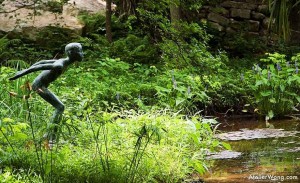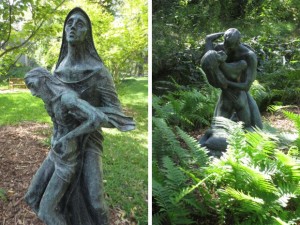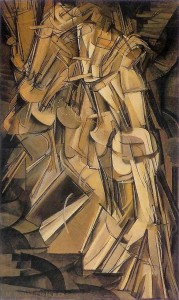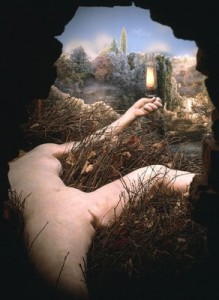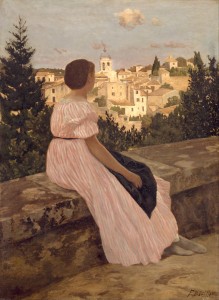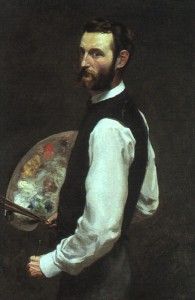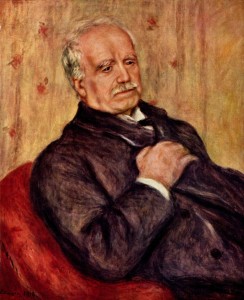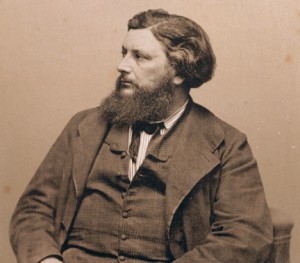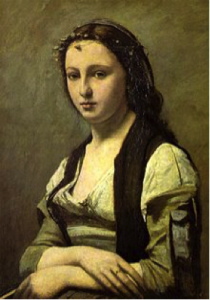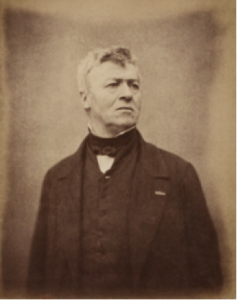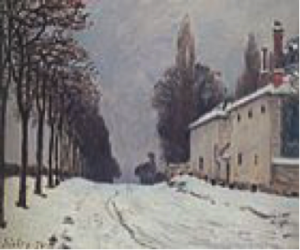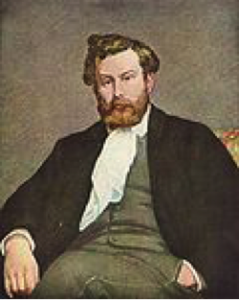This is a great spot to visit in Austin if you like art. There’s so much creativity 

 and it’s always changing. It’s definitely uniquely Austin. From The top you’ll get some good views of downtown as well.
and it’s always changing. It’s definitely uniquely Austin. From The top you’ll get some good views of downtown as well.
Author Archives: slindaue
Cathedral of Junk
Umlauf gardens
Jasper Johns

 Jasper Johns, Three Flags, 1958 Johns is perhaps one of the most inspirational contemporary artists, because of his amazing story. His work is widely known, and is highly sought after due to its rarity and great value. In 1980, Johns became the first living artist to sell a painting for $1 million dollars. He then broke this record in 1988, when his painting, “False Start,” sold at auction for $17.05 million. As if these accomplishments weren’t enough, the same painting was later sold by the auction winner, David Geffen, to private collectors, Anne and Kenneth Griffin for a whopping $80 million. His paintings appear 7 times on Skate’s Art Market Research release top 1000 list of most valuable paintings. Without a doubt, Jasper Johns has proven that not all artists are “starving,” and thus has become a role model in many regards to aspiring artists worldwide. As he only produces a few paintings a year, Johns has managed to find the perfect balance between quality of work and market saturation. By making his work a commodity, he has done something that even the greatest artists of all time, like Vincent Van Gogh, were only able to accomplish posthumously.
Jasper Johns, Three Flags, 1958 Johns is perhaps one of the most inspirational contemporary artists, because of his amazing story. His work is widely known, and is highly sought after due to its rarity and great value. In 1980, Johns became the first living artist to sell a painting for $1 million dollars. He then broke this record in 1988, when his painting, “False Start,” sold at auction for $17.05 million. As if these accomplishments weren’t enough, the same painting was later sold by the auction winner, David Geffen, to private collectors, Anne and Kenneth Griffin for a whopping $80 million. His paintings appear 7 times on Skate’s Art Market Research release top 1000 list of most valuable paintings. Without a doubt, Jasper Johns has proven that not all artists are “starving,” and thus has become a role model in many regards to aspiring artists worldwide. As he only produces a few paintings a year, Johns has managed to find the perfect balance between quality of work and market saturation. By making his work a commodity, he has done something that even the greatest artists of all time, like Vincent Van Gogh, were only able to accomplish posthumously.
Marcel Duchamp
“Nude descending a staircase” “Etant Donnes”
Marcel Duchamp was a French-American painter, who led an exceptionally interesting life, even for an artist. While his art evolved during the cubist period, he was an artist who invented a style of his own. While he used cubist techniques fluidly, he preferred to combine them with his portray of motion, which created a more mechanical finish then was associated with cubism. He spent a good portion of his life retired from art, or so was believed by the art world, until one year after his death, his 20 year masterpiece, “Etant Donnes,” was revealed. His life was spent painting, collecting, and talking about art, yet his body of work is neither immense nor easy to comprehend. His mark on the art world is more through his consulting of surrealists in America.
Jean-Fredric Bazille
Jean-Fredric Bazille was a French impressionist known for his figure drawing placed among landscapes “en plein-air.” He was widely hailed as a master impressionist because of his use of space and his knowledge of human form. Claude Monet hailed him as one of his biggest influences and identified Bazille as a great friend and mentor on various occasionas. He is most popular for his encouragement to other artists, even when in direct competition with them. Bazille epitomizes French Impressionism by utilizing both known aspects of the style, detailed landscape alongside candid figure drawing. His work never gained the acclaim that Monet’s did, yet the anamoly is not easily explained. Bazille is just as masterful a painter despite his lack of general appreciation by art enthusiasts.
“Self Portrait 1865–1866, oil on canvas”
Paul Durand-Ruel
“Paul Durand-Ruel” by Renoir
Paul Durand-Ruel was a successful gallery owner before aligning himself with the French Impressionist movement. After relocating to London alongside masters like Monet, Durand-Ruel helped establish Impressionism as a beloved artform in the U.S. when he started having successful exhibits in New York. As a pivotal player in the spread of Impressionism, Durand-Ruel holds a particularly high-esteem amongst art-lovers because of their shared passion for the spread of artistic creation. Paul Durand=Ruel is not as well-known as his contemporaries, but is to French Impressionism what Gertrude Stein is to the writings of 1920’s contemporaries like F. Scott Fitzgerald and Ernest Hemingway. He was not a known master, but rather a dealer masterpieces, being that he represented the majority of known French Impressionists.
Gustave Courbet
Gustave Courbet – 1861 “Femme nue au chien” – 1861
Gustave Courbet was a French painter, known as a leader of the Realist movement in the late-19th century. While he emerged alongside the Impressionists, his work was more focused oncapturing life as it acutally appeared, rather than the more figurative interpretation associated with his contemporaries, like Monet and Sisley. Courbet was known for painting subjects considered vulgar, such as starving peasants, in stark reality. His work, although somewhat macabre, is masterfully executed, and provides a good understanding of some of the hardships of the period. Courbet was a very headstrong individual, and even went to the extent of erecting a temporary gallery next door to the Salon de Paris exposition, when the curators denied some of his works for various reasons. He insisited that his work be seen in its intended form,, not altered to appease the stylistic desires of art aficionados of the time.
Jean-Baptiste-Camille Corot
Jean-Baptiste-Camille Corot – 1850
Jean-Baptiste-Camille Corot is yet another pivotal figure in the development of French Impressionism. He is a multi-disciplined impressionist, in that he produced vast amounts of both landscapes and portraits, in addition to various etchings and prints made. He is set-apart from other impressionists in that he also utilizes many neoclassical techniques in hiw work. After a long-stay in Italy, Corot returned to France to rework many of his oil sketches which had gained him a bit of renowned in Italy. He added imagined lines, and brightened the scenes by converting his black and white sketches to vivid colors. His direct influence of other Impressionists puts him in a special place within the movement; a position both as leader, and mentor to his contemporaries. It is obvious that the admiration other masters had for him was well-placed and Corot had earned it through his work and fellowship with his contemporaries.
Alfred Sisley
“Snow on the Road Louveciennes” 1874
“Alfred Sisley” by Renoir
Alfred Sisley was another leader in the French Impressionist movement in the mid- to late-1800’s. While he spent most of his life in France, he did retain British citizenship. His primary focus was landscape painting, done in a particular style, unique to the Impressionist’s, called, “En plein-air,” or in the plain air, meaning done viewing the landscape outside while painting it. He work epitomizes this focus, and he is considered the most focused in this unique discipline. While his work is more somber than that of his contemporary’s, it is believed that this stems from his time in London as a child. Among his contemporary’s, of particular importance to Sisley’s development were, Jean-Baptiste-Camille Corot and Gustav Courbet. These two helped mold Sisley’s work into the beautiful masterpieces they became. Through his fellowship with other emerging Impressionists, and his unique blend of multi-cultural influence, Alfred Sisley successfully left his mark in history.


